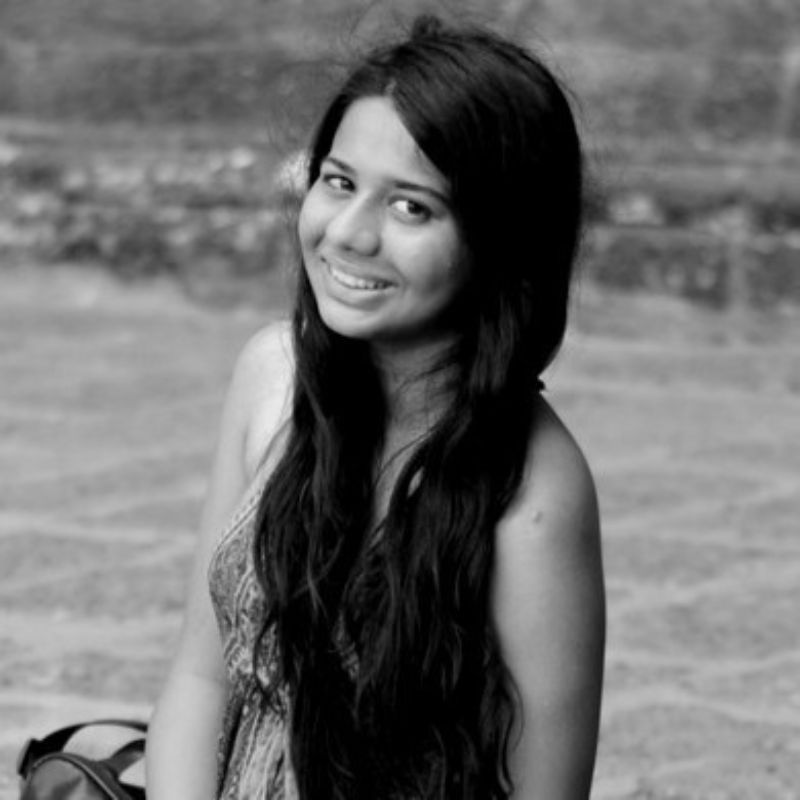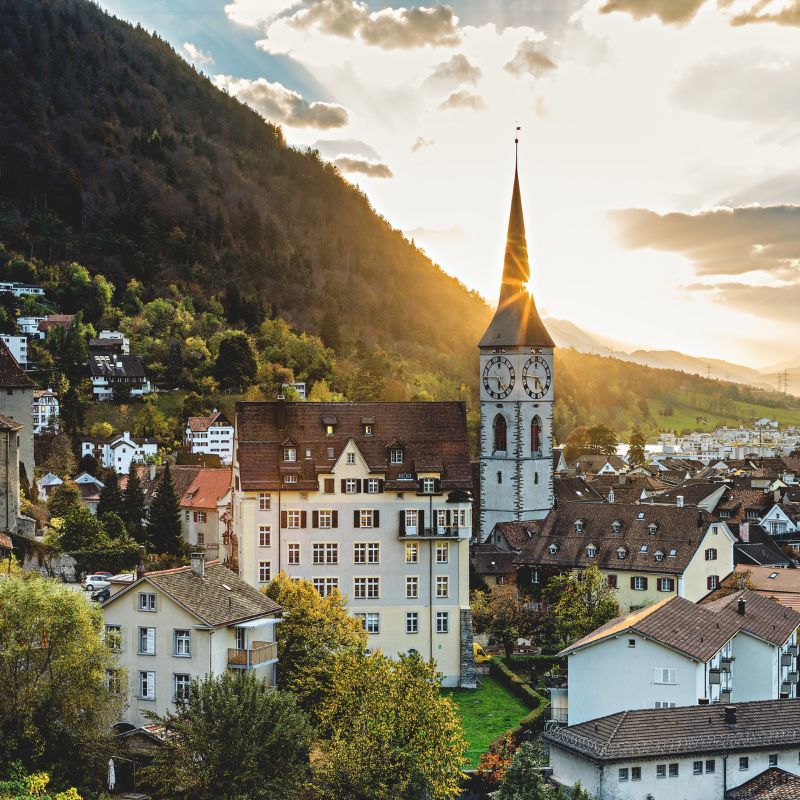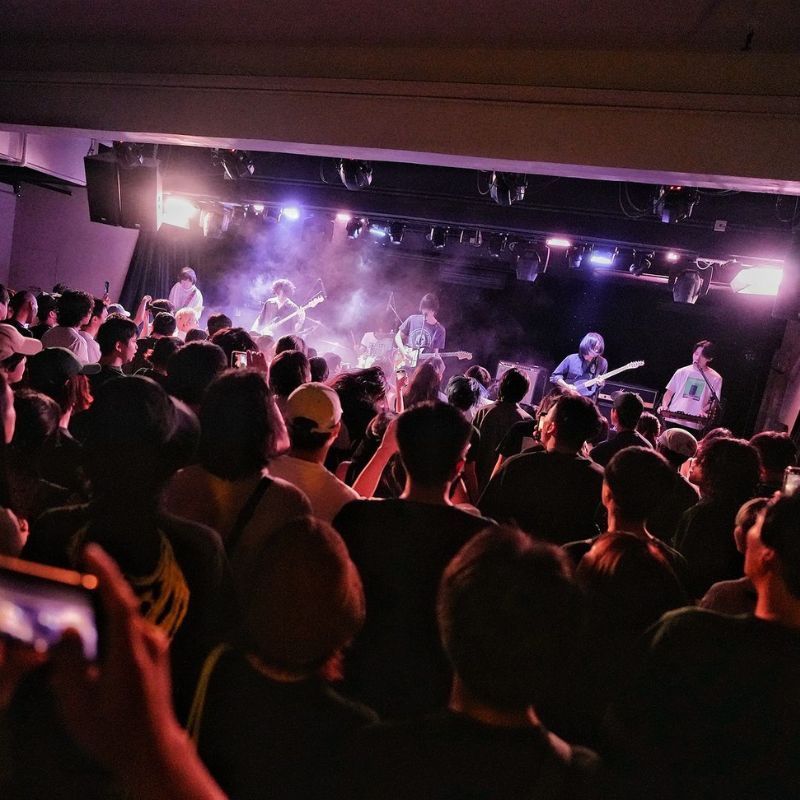
Somewhere between the porous border-settlement confines of Burma and Nagaland lives the Konyak Tribe. Hidden along the smaller ridges of the upper Naga Hills, the remotely quaint village of Longwa is home to one of the most historic villages of India. It is an abode of the last head hunters. An hour from Longwa lies Hongphoi, which is where the last Ahngpa and his Atahpa (chiefs) sit for their daily council – a council now very different from its yesteryears. Warriors once free of children from the forest are now slowly tethered by rituals of a westernised modern code. By Ron Bezbaruah
The Ahngpa of Hongphoi
View this post on Instagram
The thick smoke gets brighter as an obscure rising crimson fills the damp air. Distorted it swims, dancing against the descending slits of rays that fall through the cracks of thatched bamboo from a sleeping sun outside. A monolithic ritual for much of the households of Longwa today, a curtain of smoke blankets the evening valley skies.
As we take our last few puffs of Kani, a gift from the British some locals would argue, we bid adieu to the day. I hand over the intricately designed bamboo pipe to the large tattoo-clad man – wizened, yet intimidating. Smiling, he respectfully receives it.
Humbled, as I’d been for the greater part of my time here, I often catch myself wondering where I am and how I even got here. I think of those arduously taxing 10 hours of battling through dust and stone in a cramped SUV, to sharing calculated laughs and listening to ancient stories with men from another time. Men, who were once warriors, some of the most savage of their time. I’m humbled to be in the presence of the last headhunter king of the Konyaks – Buwong, the last Ahngpa of Mon.
Wehok shangphen pu
The Attack
View this post on Instagram
“There would be massive dance and celebration as we returned to our village after a successful siege. In those days, you had to always be alert. You never knew if you would even return home to your family after going out to collect water from the river,” says 90-year-old Buwong.
As intriguing as it is to listen and have them draw out a mental picture of their times, what stands out for me is how composed these “warriors” were and how much the Ahngpa and his chiefs prefer the current peace over the violent uncertainty of their bloodied past. The attacks were often carried out to assert dominance over a neighbouring tribe, and to strengthen their claim over shared resources of land and water.
The attacks, more ritualistic than mere cowardly raids, also had their rooted ethics. Strangely, the neighbouring villages would be informed to expect an attack by a messenger from the village for a fair fight. The Ahngpa also states how, sometimes, post an attack, the king of the village would be spared, whilst his subordinates would be beheaded so as to not disrupt the very DNA of the village he commanded. By doing so, it would give his people a second chance at rebuilding.
Unglang shangphen pu
The Beheading
View this post on Instagram
The attacks were also stepping stones for young adolescents to prove their ‘manhood’ and become warriors. To return home with a rival’s head was to seal the fate and be counted amongst the ranks. Before the government disallowed it, the home’s of the Ahngpa and his most senior chiefs would be decorated with the skulls of their fallen enemies – considered a masculine symbol of strength and conquest. Younger and lower-in-rank foot soldiers had to merely suffice with wooden carvings of the same. Today, to much of the Church’s dissent, they sit buried deep below the ground in front of their homes with stone monoliths for each, symbolic of their claim.
As opposed to the popularly painted stereotype of headhunters, the tribal menage today indulge in fairly regular tasks, such as handicrafts, basket-making and weaving. Some sell ancient traditional Naga shawls and ornaments from older generations.
When not indulging in their daily council of kani and singing old war songs, some double up as hospitable tour guides – a fraction that can be intimidating and unusually large for an average Naga. Once you earn their trust, they can be fairly receiving, requesting a photograph as they sport all of their gear, and cunningly demanding a fee in return.
Huh tu pu
Tattoo procession
View this post on Instagram
“Our faces would be swollen and our skin would burn for days – that was the cost of being crowned a warrior,” states one of the senior Mon chiefs.
As he shows me his tattoos, one of the more successful of his Ahngpa’s chiefs describes the sacred procession that followed his first successful return with a head. He explains that the highest honour for a warrior is to be draped in eternal ink by the queen herself, the Ahngya of the tribe. The ceremony involves creating epochal face and body tattoos, a painful ordeal involving the magmas pricks of the Gea Huh plant that leaves the skin obscurely swollen and disfigured for days, only to be christened amongst their ancestral lineage of Konyak greats. The five-bronze-head neckpiece that he wears proudly today is symbolic of it. “It’s also a way to honour the dead,” he says, as much as it is a symbol of traditional machismo, tantamount to the beheadings he committed for his king.
View this post on Instagram
“Today, the Yiknyu yikmei – as it is called – is made more for merchandising and selling to tourists than any ritualistic sacrament,” says the local Yaopa (blacksmith) as he shows us an inventory full of ancient and new ornaments to his family name. His small wooden workshop – gloomy, like an ancient underground museum, a Naga equivalent of an Ollivanders in Diagon Alley – is draped in cobwebs and painted with the smell of cooking meat infused with hints of poppy welcomes visitors. The plethora of items on display could keep even Indiana Jones hooked for days. To me, it looks more like a treasure hunt than a shopping outing. The more you explore every nook and cranny, the more you realise what might have been hidden inside.
You can find a lot of trinkets here. From the Rhoshon shaohshaoh – the traditional warrior headpiece, to the Meiyah awong – the rare animal horn used as an earpiece by the king, or even items made using the hip-bone of the indigenous Mithun. Knowing the local terms for the same or having a guide helps in finding what you want. Carrying extra cash is like a pat to the back for later. You’ll find many antiques here that are unique to the region and its people, each more likely with a deeply shrouded history behind it. It is truly one of the most intriguing places to explore if you are a collector.
View this post on Instagram
Much like sculpting and recreating ancient Konyak idols, hunting is a common affair in Hongphoi, states the local gunmaker of the village. A family practice passed on over generations, the LAH (rifle) takes about 15 days to make from scratch. A combination of wood and molten iron with mud, these guns are a 100 per cent handmade, right from the artistically carved stock to its very bullets. Though the use of guns is still fairly new to the Konyak way, and you’d probably never be able to convince the state border to take one back home with you. However, if you have time to spare, you can learn his family’s ancient art of gun-making in a workshop.
Aoling Festival
View this post on Instagram
With their words draped in wisdom and a sort of fluid adaptation to whatever has come their way, the Konyak people are probably one of the most mysterious and culturally rooted tribes of today. With newer generations somewhat lost to modern ways and the last lineage of warriors all between the ages of about a 90-100 years, their ways face a slow yet inevitable demise.
Today, an annual gathering called the Aoling Festival lives on, where every year in April, various headhunter tribes of the region come together in the congregation to celebrate their individual ancestral lineage. It is a week-long affair mirroring the celebratory ways of their ancestors draped in rich cultural demonstrations and massive feasts. Ever wonder what it would be like to be a part of an ancient headhunter party? This is it.
Related: Hidden Communities: Tribes Who Aren’t A Part Of The Mainstream Society










